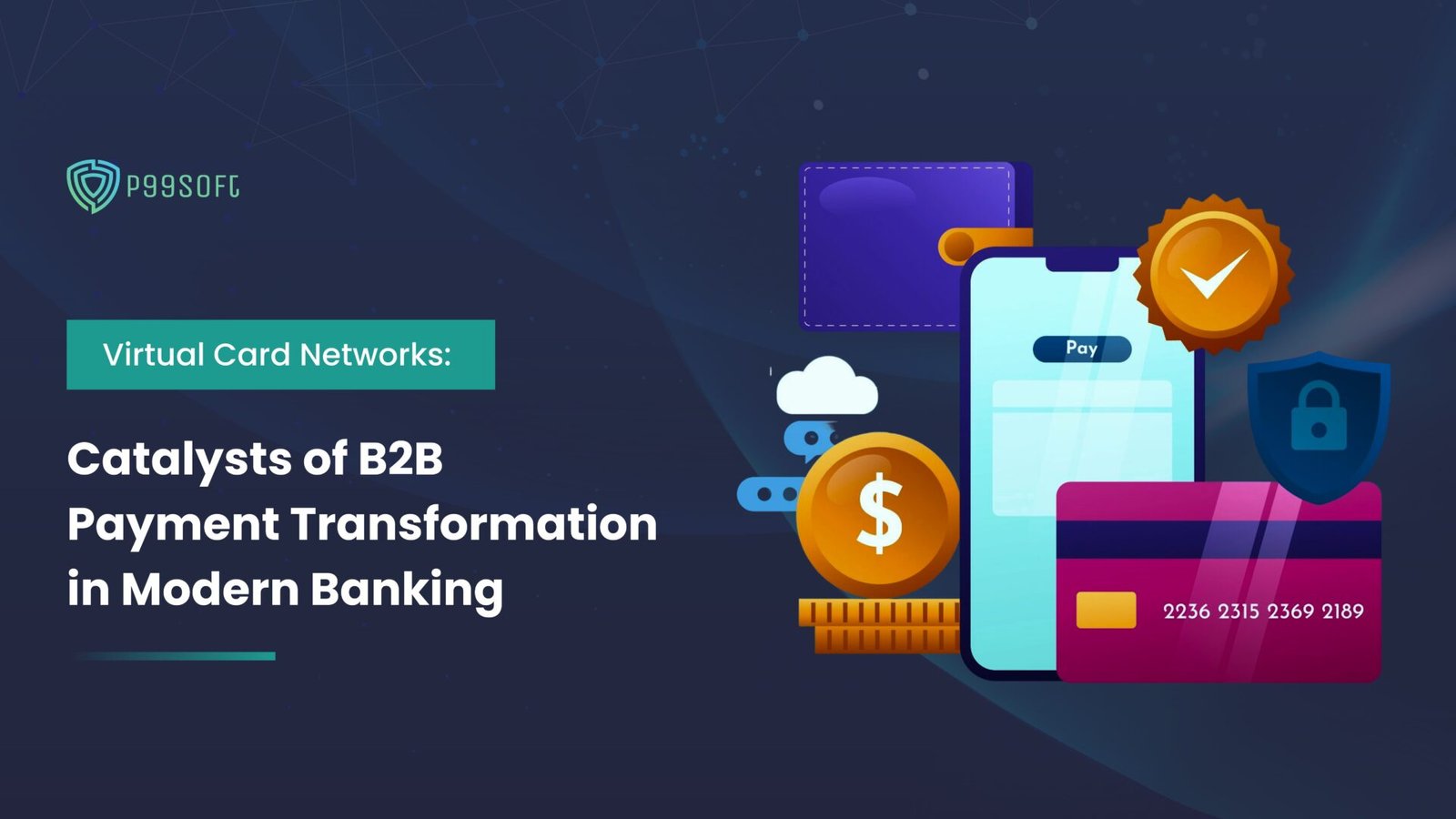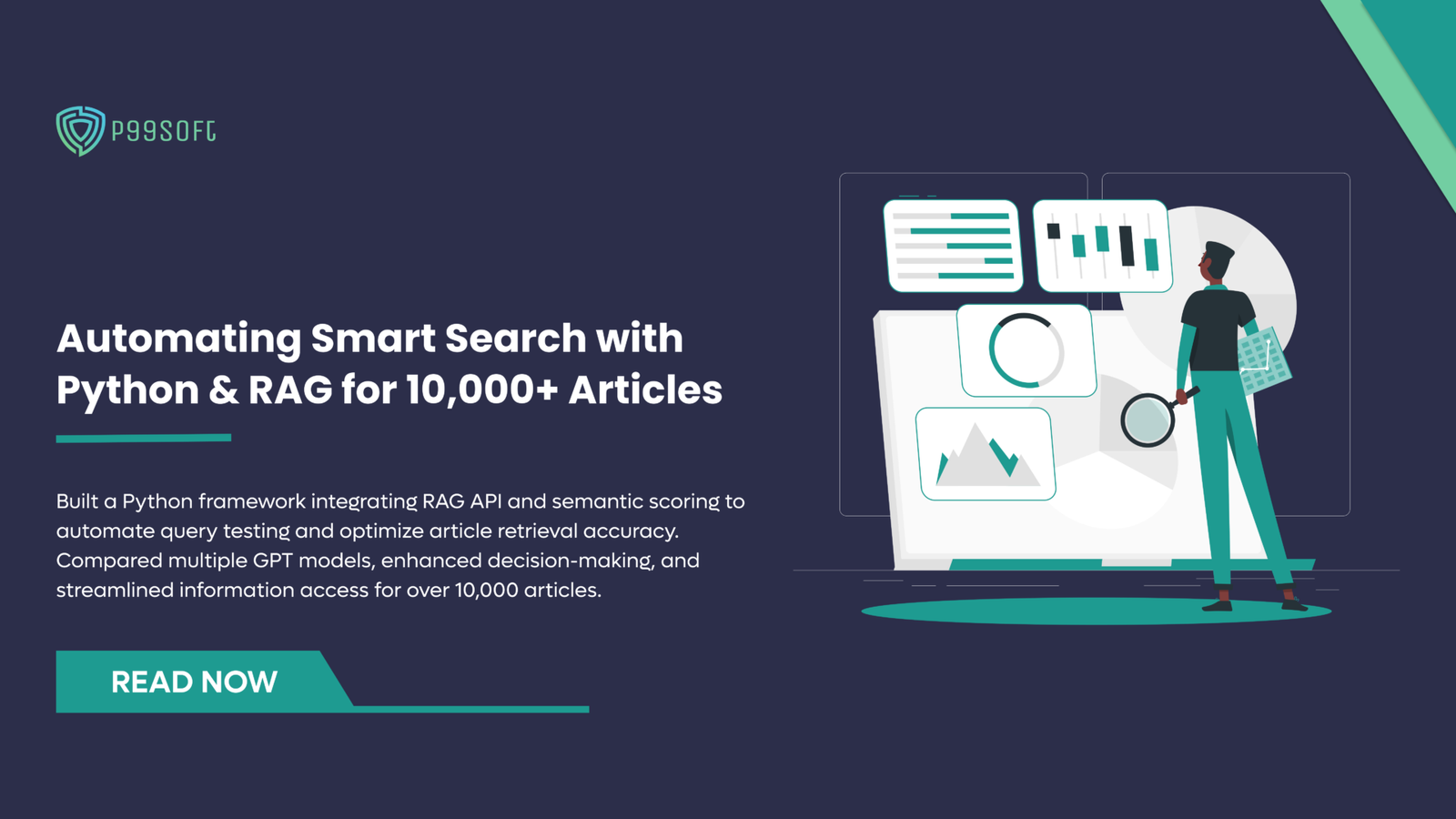What is a SaaS Application?
A SaaS application is an application that is hosted centrally, typically in the cloud, and is accessed by users over the internet. This model eliminates the need for users to handle application hosting or maintenance, as these tasks are managed by the service provider. Popular examples of SaaS applications include Netflix, Instagram, Google Workspace, Slack, and many more.
Authentication vs. Authorization in SaaS Applications
In any SaaS application, understanding the difference between authentication and authorization is crucial for ensuring security. Let’s explore these concepts using Instagram as an example:
- Authentication: Authentication is the process of verifying a user’s identity. For instance, if you don’t have an Instagram account and try to follow someone, Instagram will prompt you to create an account first. This process of account creation and login is known as authentication.
- Authorization: Authorization, on the other hand, determines what resources a user can access after they have been authenticated. For example, even if you are logged into Instagram, you cannot view the profile of someone who has blocked you. This is because, while you are authenticated, you are not authorized to view that particular profile.
In short, authentication confirms who you are, while authorization determines what you can do within the SaaS application.
Common Authentication Methods in SaaS Applications
- Username and Password
The most common and straightforward authentication method in SaaS applications is using a username and password.
Best Practices:
- Use strong passwords (a mix of letters, numbers, and symbols).
- Hash passwords using a strong algorithm like Bcrypt before storing them. Bcrypt is preferred because it securely hashes passwords, making them resistant to brute-force attacks.
Use Cases:
- Logging in/signing in to any SaaS application using a username and password.
- API Keys
API keys are used to authenticate requests from third-party servers. They are mainly used for tracking usage and ensuring the requester has the right to make the request.
Use Cases:
- Third-Party APIs: API keys are used to identify and authenticate multiple clients accessing your API. Each client is assigned a unique key to track usage and manage access.
- APIs in Your Own Application: In scenarios where there are no different levels of access control, API keys can be used to authenticate clients consuming server APIs. They provide a simple mechanism for ensuring that the requests are legitimate.
- Certificates
When you have an application whose frontend is exposed to the internet but you want to ensure that your backend APIs are only accessible to clients with valid certificates, you use certificate-based security for your application.
How this works:
- The client side (e.g., a web browser or another server) sends a certificate to the server. Common certificate formats include .pfx, .crt, and .key.
- These certificates can be accompanied by a passphrase for additional security.
- The server verifies the certificate against its trusted certificate authorities (CAs) and, if valid, establishes a secure TLS (Transport Layer Security) connection.
Use Cases:
- Secure API Communication: Ensuring that only authenticated clients can access backend APIs.
- Mutual TLS (mTLS): Both the client and server authenticate each other to establish a secure connection. This is commonly used in scenarios requiring high security, such as financial services or healthcare applications.
- Internet-Exposed Hosts: Protecting any server exposed to the internet by ensuring that only clients with valid certificates can establish a connection.
Best Practices:
- Use Strong Certificates: Ensure your certificates use strong encryption algorithms and key lengths.
- Regularly Rotate Certificates: Update your certificates periodically to maintain security.
- Secure Private Keys: Protect private keys and never expose them.
- Use Trusted Certificate Authorities: Obtain certificates from reputable CAs
Common Authorization Methods in SaaS Applications
- Role-Based Access Control (RBAC)
RBAC is an authorization framework that controls access to resources based on the roles assigned to users. For example, in a school system:
- A student has access only to classroom resources.
- A teacher has access to both classroom resources and staff room resources.
- The principal has access to classroom resources, the staff room, and the principal’s office.
How This Works:
- Role Assignment: When a user is created, they are assigned a specific role (e.g., student, teacher, principal).
- Access Control: Upon successful authentication, the system checks the user’s role and grants access to resources that are permitted for that role. If a user tries to access a resource that their role does not allow, the access is denied.
Use Cases:
- Any SaaS Application with Defined Roles: Ideal for applications where access can be categorized by roles (e.g., students, teachers, administrators).
- Simple Applications with Role-Based Permissions: Applications with a straightforward role structure stored in the database.
- Authorization Servers: Centralized servers managing access control across multiple applications.
2. Attribute-Based Access Control (ABAC)
ABAC is an authorization framework that allows for granular access control based on user attributes. For example, in an organization, each employee can have different combinations of permissions for tasks such as read, write, update, and delete. This granularity is achieved through attributes assigned to each user.
Example Scenario:
- 4 employees can read
- 3 employees can write
- 2 employees can update
- 1 employee can delete
How This Works:
- Attribute Assignment: When creating a user, an admin assigns specific attributes that define what the user is allowed to do (e.g., read, write, update, delete).
- Authentication and Attribute Retrieval: Upon successful login (authentication), the server sends the user’s attributes, which determine their permissions.
- Access Control: Based on these attributes, the system grants or denies access to resources. For example, if a user has the “write” attribute, they can write to a resource.
Use Cases:
- Granular Access in SaaS Applications: Ideal for applications that require detailed access control based on specific user attributes.
- Complex Applications with Detailed Permissions: Applications with intricate access levels that need to maintain a high degree of granularity.
- Authorization Servers: Centralized servers managing access control across multiple applications.
Robust mechanisms that provide both Authentication and Authorization
- OAuth 2.0:
Let’s go back to our example,this time it’s google. Now I develop an application that allows users to login via their google account, here, instead of a new username and password for my application I validate the authenticity by the credentials of google. This is achieved by something called OAuth 2.0 protocol.
How it works:
- Application Registration: First, you need to register your application with Google. During this registration process, Google will provide you with a client ID and client secret. The client secret must be kept confidential as it is used to authenticate your application with Google.
- Requesting Authorization:When a user tries to log in to your application, they are redirected to Google’s authorization server. Here, they log in(authentication part of the protocol) with their Google credentials and grant your application permission to access their data.
- Authorization Code: After the user grants permission, Google redirects them back to your application with an authorization code(Authorization part: this code will contain information on what my application is allowed to do with Google APIs).
- Exchanging Code for Token: Your application sends a request to Google’s token endpoint, including the authorization code, client ID, client secret, and a redirect URI. In exchange, you receive an access token.
- Accessing User Data: Your application uses the access token to request the necessary user data from Google’s API. This allows the user to log in to your application without needing to create a new username and password.
Best Practises for API key and OAuth 2.0:
- Keep your clientId and clientSecret or API key as safe as possible as that could charge you if misused.
- Keep a track of your usages.
- Never ever hardcode your secrets in application
Use Cases:
- An application’s frontend communication with its backend.
- Implementing social sign in in your application
- Usage of 3rd party API integration.
- JWT: JSON Web Tokens:
JWT is a widely used security mechanism, either alone or combined with OAuth 2.0, for robust security. In simple terms, think of it like a receipt you receive when you order something. You need to show this receipt at the food counter to get your food. The receipt here can be understood as a JWT token, which is an encoded JSON object consisting of three Base64-URL strings separated by dots, containing three parts: header, payload, and signature.
Parts of a JWT:
- Header:
- Content: The header contains the type of token (JWT) and the signing algorithm used (e.g., HS256, HS512, RSA).
- Algorithms: If the token generation and consumption are within your own application, it can use a symmetric algorithm like HS256 or HS512, where the same key is used for signing and verification. For servers you don’t own, an asymmetric algorithm like RSA is often used for better security, where different keys are used for signing (private key) and verification (public key).
- Payload:
- Content: The payload contains the most important data for authorization, known as claims. Claims identify the user and contain information such as the issuer (iss), expiration time (exp), and other relevant data.
- Claims: There are standard claims (like iss, exp) and custom claims, which are application-specific.
- Signature:
- Content: The signature is created by taking the encoded header and payload, signing it using the specified algorithm and a secret key (or private key for RSA).
- Purpose: The signature verifies that the token has not been altered.
- How it works:
Token Creation:
- The server creates a token after verifying the user’s credentials (e.g., username and password).
- The token includes encoded header, payload, and signature.
Subsequent Requests:
- The token is sent back to the client and included in the header of subsequent HTTP requests.
- The server verifies the token’s signature to ensure its validity and checks the payload for authorization information.
Best Practices:
- Keep Secret Keys Confidential: Ensure that the keys used for signing tokens are kept secure.
- Use HTTPS: Always transmit tokens over secure channels to prevent interception.
- Set Expiration: Tokens should have an expiration time to limit their validity and reduce the risk of misuse.
- Validate Tokens: Always validate the signature and claims of the token on the server side.
Use Cases:
- Authorization: Encrypt user data to determine access levels.
- Lightweight Tokens: Use JWT to avoid maintaining session state on the server, making the application more scalable.
- Claims-based Authentication: Include claims in the token payload to carry user-specific data.
Authorization Servers Handling Security for Authentication and Authorization
- Keycloak:
It is an open-source identity and access management solution that can be downloaded as a zip file, jar file, or container image. It is free to use for beginners and small-scale businesses.
Key features:
- User Data Management: Synchronizes with Active Directory and LDAP to manage user data efficiently.
- Strong Authentication: Supports federated identity providers, allowing users to log in through services like Google, Facebook, and others via Keycloak.
- User Management: Provides robust tools for managing users and their attributes, including roles and groups.
- Fine-Grained Authorization: Allows for detailed control over user access permissions, including resource-based and scope-based policies.
- Token Mappers and Configuration: Configures token generation and handling, including custom claims and token lifespans.
- Custom Login Flows: Enables customization of the authentication process within a realm, such as redirecting users to specific pages post-authentication based on their permissions.
Use Cases:
- Avoid Custom Code for Authentication/Authorization: Ideal for applications where you want to avoid writing custom code for user authentication and authorization while ensuring high security standards.
- Small-Scale Businesses: As a free server, Keycloak is well-suited for small-scale businesses with low to moderate traffic, offering enterprise-level features without the associated costs.
- Okta:
It is a paid identity management solution that excels in providing centralized user management, Single Sign-On (SSO), Multi-Factor Authentication (MFA), and on-demand support. It is designed to help businesses manage their authentication and authorization needs efficiently and securely.
Key Features:
- Centralized User Management: Streamlines the management of user identities across different applications.
- Single Sign-On (SSO): Allows users to log in once and gain access to multiple applications without needing to re-enter credentials.
- Multi-Factor Authentication (MFA): Enhances security by requiring multiple forms of verification for user access.
- On-Demand Support: Provides extensive support to help businesses integrate and maintain their identity management systems.
Use Cases:
- Avoid Custom Code for Authentication/Authorization: Ideal for applications where custom code for user authentication and authorization is not desirable. Okta provides robust and secure solutions out-of-the-box.
- Large-Scale Businesses: Okta is well-suited for large-scale businesses with heavy traffic, offering enterprise-level features, scalability, and comprehensive support to handle complex identity management needs.
Conclusion
Ensuring the security of a SaaS application is a multifaceted challenge. This guide covered essential authentication and authorization methods, providing a solid foundation for securing SaaS applications. While not exhaustive, understanding these core techniques will help you navigate the complexities of SaaS application security more effectively.




